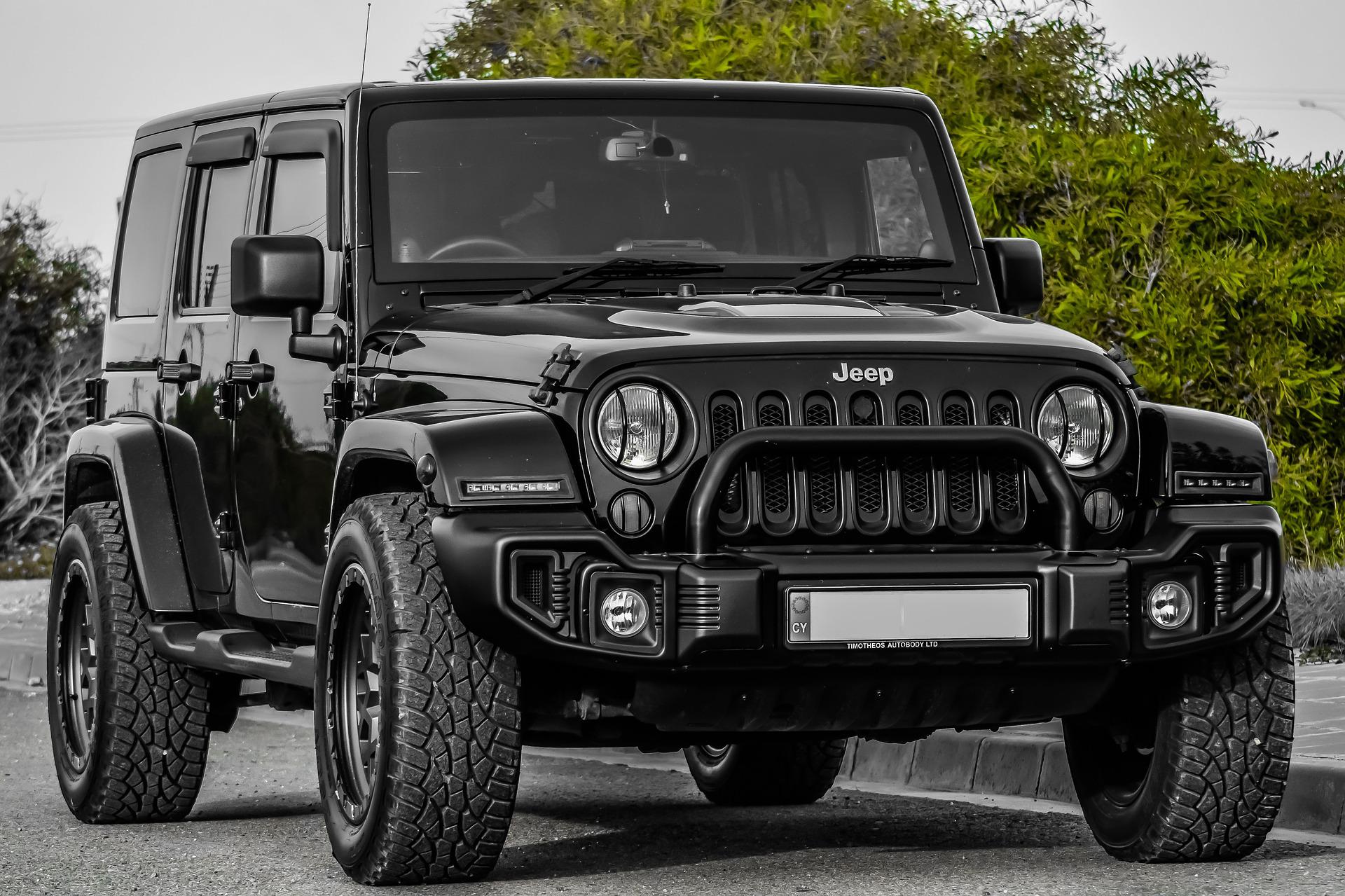
Some assets appreciate with time and when that’s the case, it’s possible to sell them for a profit. Cars are an exception because they depreciate as soon as you drive them off the lot–or at least that has been the case traditionally.
Motor car depreciation rates can be impacted by a multitude of factors: from the make and model of the car to global economic conditions. Before selling a car, it’s important to know what the depreciation rate is and how it may impact your ability to sell.
The Car Market and Depreciation
In a healthy economy, car values behave exactly as most people expect. A new car has a value that depreciates as soon as it has been driven off the lot. That means that the resale value is always lower than the sale price even if someone attempted to sell a car immediately after buying it.
According to CarsDirect, the average five-year depreciation rate for a car was 49.1% prior to the COVID-19 pandemic and 40.1% as of late 2021.
The COVID-19 pandemic that began in 2020 changed a lot about the world and that includes motor car depreciation. Due to an ongoing shortage of new cars, consumers were willing to pay higher prices to get the cars they wanted, and that’s what accounts for slower depreciation rates.
The switch toward motor car appreciation has continued into 2022. The average price of a new car in the summer of 2021 was $38,585. The average cost of the same vehicle when sold slightly used in the spring of 2022 was $48,765, which represents appreciation of 26%.
Should You Buy a New Car or a Used One?
Depreciation may play a role for anybody trying to decide between a new car and a used one. When motor car depreciation was the norm, some buyers preferred to let someone else take the depreciation hit and then shop for a used car to save some money.
When shortages exist, some shoppers may still prefer a new car. There may be a need to wait for a new car and even used cars may be in short supply. A practical shopper might see what’s available first before making the choice between a new car and a used one.
Depreciation Tips for Used Cars
Anybody who decides to buy a used car can benefit from some tips to help them understand depreciation and resale value:
- Three factors typically influence motor car depreciation. They are the make and model of the car, the mileage of the car, and the car’s condition.
- The Kelley Blue Book value of a car is often used as a method of determining a car’s value.
- An older car with low mileage might fetch a higher price than a newer one with high mileage.
Depreciation doesn’t always work as a barometer for the resale value of a car. If you own a used car that’s a popular model and in short supply, then you can typically charge more for it than you would for a less-in-demand model.
How to Calculate Depreciation on a Car
If you own a used car or are considering buying one, here’s the method to calculate depreciation on a car.
You will need the following figures:
- The price you paid for the car
- How old the car was (in years) when you purchased it
- Years of depreciation (optional–use if you know how long you intend to keep the car before selling it.)
- Depreciation rate (wear and tear on the car: choose from low, medium, or high.)
For example, if you paid $30,000 for a new car and it depreciated for five years with medium wear and tear, it would be worth approximately $11,417.01 after five years.
Keep in mind that a make and model in high demand will still depreciate the same amount but it may be worth more than the depreciation calculation would indicate.
What Things Increase Wear and Tear and Accelerate Depreciation?
When choosing between low, medium, and high wear and tear, it’s important to understand which driving behaviors can accelerate depreciation. Here are some examples:
- Hard starts and stops
- Overloading the car
- Driving with an empty tank
- Riding the clutch
- Revving a cold engine
- Ignoring dashboard warning lights or engine noises
- Postponing routine maintenance
Avoiding these behaviors will keep depreciation in control and maximize the resale value of any vehicle.

Car Depreciation by Type
Depreciation examples can be useful to illustrate how different types of cars depreciate. Here are some examples of popular makes and models and how depreciation would impact them.
Range Rover Depreciation Rates
Range Rovers are luxury cars, so it may surprise some people how quickly they depreciate. The explanation of Land Rover depreciation is that many of the people who buy luxury cars want the newest model. They’re not interested in buying used cars.
An $84,000 Range Rover will lose over $60,000 of value in the first year, followed by smaller amounts in the next four years until it reaches total depreciation in year 4. That’s faster than most cars and more depreciation than most people can afford.
Ford Focus Depreciation
It’s interesting to contrast the depreciation curves of luxury vs economy cars. The Ford Focus is a compact, economy car that is in the affordable range for many buyers. Now discontinued, the cost of a 2018 model was $15,725.
The depreciation rate over five years for Ford Focus is about 33%, which means that after five years of depreciation the car could be worth $10.536. Of course, the price may differ based on mileage and usage.
Kia Optima Depreciation
The Kia Optima is more expensive than a Ford Focus with a new sale price of about $25,000. If you buy a Kia Optima new, you can expect it to depreciate about 18% over five years, leaving you with a resale price of $20,066.
This calculation is based on an estimate of 12,000 miles per year, meaning the car would have 60,000 miles on it after five years. Anybody who puts more mileage on their Kia Optima should expect faster depreciation and a lower resale price than the example.
Mini Depreciation
Mini Coopers are popular compact cars with a unique look. They are popular as used cars because they depreciate steadily (but not too fast) and can be far more affordable when purchased as used vehicles.
In most cases, a Mini will depreciate by about 45% in five years from when it is purchased new. A Mini Clubman that was purchased new in 2022 would have a purchase price of $39,700 and a resale value of $22,103 in 2027, which represents depreciation of 44.33%.
Mercedes E Class Depreciation
The Mercedes E Class is another luxury car that depreciates rapidly, although it doesn’t lose value as quickly as a Range Rover. With a new price of $83,503, you can expect a 2022 model Mercedes E Class to depreciate by 40% in the first three years.
The resale value after three years, based on annual mileage of 15,000, would be $53,500, which represents depreciation of 36%. The depreciation would be higher with more mileage and more wear and tear.
Understanding Motor Car Depreciation Can Help You Maximize the Resale Value of Your Car
Motor car depreciation varies depending on the make and model of a vehicle, the number of miles it is driven in the years after being purchased, and the wear and tear on the vehicle. Doing what you can to minimize wear and tear—including taking your car for routine maintenance—will help you earn more in the event you decide to sell your car.
